In the Battle of Mobile Bay on August 5th,
David Farragut ran his ships past the forts and sunk the Confederate
flotilla, but he still had to deal with three Confederate forts.
Forts Gaines and Morgan guarded the entrance to the bay, and the
smaller Fort Powell was positioned inside. Powell was the first to
fall. Lt. Col. Williams, her commander had been ordered to hold out
as long as possible, but, “when no longer tenable, save your
garrison.” It did not take Williams long to decide it was
untenable. Without even undergoing heavy pressure from the Federals
he spiked his guns, blew up his powder and waded to the mainland with
his men.
 |
| Fort Gaines |
Fort Gaines was under the command of Colonel
Charles Anderson. He had 818 troops in the garrison while Major
General Gordon Granger had 3,300 troops besieging him. The fort had
also been badly positioned. The sand dunes on the island offered
cover for the Union troops to approach very close to the walls.
Brigadier General Page, the Confederate commander in Mobile, ordered
that the fort not be surrendered, but Anderson ignored him. He sent
out a flag of truce, and surrendered to Granger and Farragut on
August 8th.
 |
| Fort Morgan |
After Fort Gaines surrendered the Federal
infantry was moved to face the last Confederate fort – Fort Morgan.
It was an old massonry force garrisoned by 618 men under General Page
himself. The Federals began a formal siege with regular lines of
approaching trenches. Meanwhile, several of the monitors bombarded
the fort, along with the Tennessee, which had been repaired
and assimilated into the Federal fleet. On August 22 cannon and
mortars on land joined the ships, and the fort was subjected to a day
long bombardment. Page was afraid that the Union balls would hit his
magazines, so he ordered them to be flooded. The next day he decided
that further resistance was useless. He spiked his guns and raised
the white flag.
 |
| Page |
After Page surrendered he was arrested by the
Federal forces. They accused him of violating the laws of war by
destroying the guns and ammunition of the fort after he surrendered.
A court of inquiry was formed in New Orleans to investigate. They
found him not guilty, determining that he had destroyed the equipment
of the fort before its surrender,.
The surrender of Fort Morgan marked the
completion of the Federal capture of Mobile Bay. With Union ships
holding the mouth of the bay, they could stop the flow of blockade
runners coming too and fro. The town itself was still in Confederate
hands, and would remain so until the next year.
 |
| Fort Morgan Today |


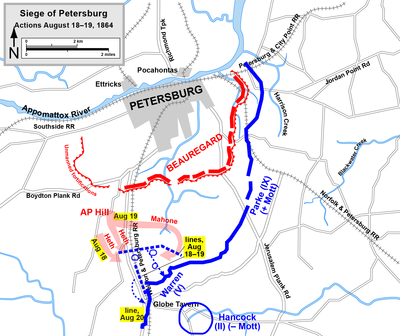
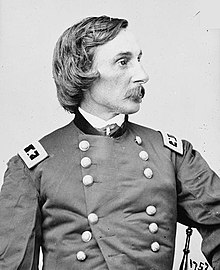
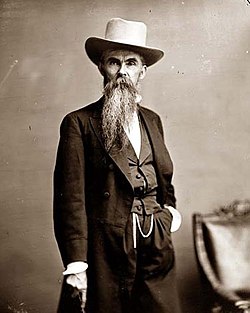

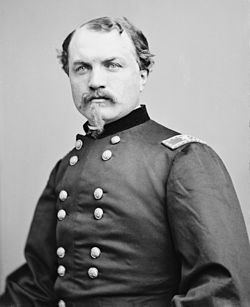
.jpg/400px-Bataille_de_la_baie_de_Mobile_par_Louis_Prang_(1824-1909).jpg)
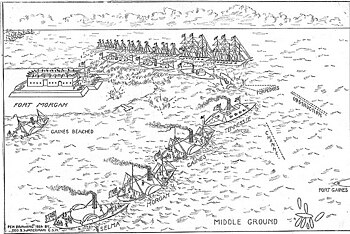
.jpg/300px-USS_Tecumseh_(1863).jpg)



